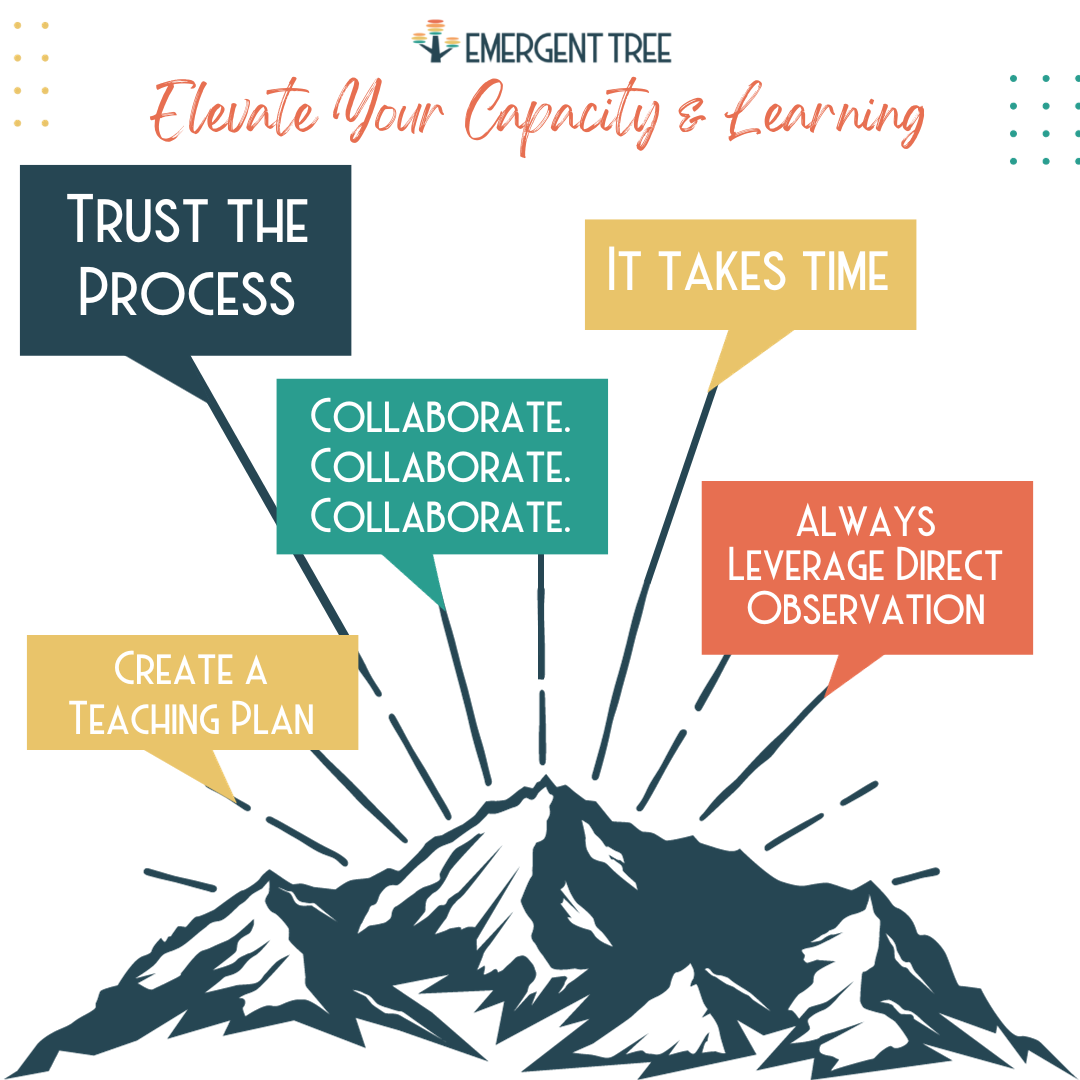Put Your Sherlock Holmes Hat On & Collect Data
The beloved Sherlock Holmes has been depicted in many forms over the years - books, TV series, movies, etc. His unique personality keeps us guessing and interested in the next case he will solve. What makes Sherlock Holmes unique? If you google him, you’ll find words like relentless, observant, objective, deductive, logically reasoned, and so on. He’s known for solving cases from such different angles than those around him, leaving everyone baffled with how he did it. So, how does he do it? He collects data.
“It is a capital mistake to theorize before one has data.”
- Sherlock Holmes
One of the main things that Sherlock Holmes does, often different from how we would approach things, is his objectivity. He looks at the situation through an objective lens to see patterns and threads behaviors into data to understand what is happening. His personal bias, emotions, and opinions don’t come into play.
Now, why are we talking about Sherlock Holmes? It turns out we can learn a lot from his approach when we look at analyzing behavior. So, let's put on our Sherlock Holmes hat and learn some skills on how to collect data, analyze it, and continually optimize our processes so we can build capacity.
Really, the data is important.
We’ve all been there - that moment in the classroom when a challenging behavior escalated, and it took all of our attention and focus to de-escalate things. By the time things had de-escalated, we had to charge into the next part of the classroom schedule, and we were left not really aware of what may have triggered the challenging behavior in the first place.
I experienced this early on in my career with a particular student who was displaying some intensive, challenging behavior, including physical aggression and elopement. I often found myself focused on de-escalating things and then being exhausted by the end, never really identifying what might have been happening.
In came my first ever FBA (Functional Behavior Assessment). The FBA helped me look around at the situation - what were the triggers for the behavior? What was our response to the behaviors that might be causing it to continue? Were the strategies we were trying even helping to decrease the behavior?
Often, challenging behavior isn’t only about improvement for the student but also for the teacher.

Our team began to notice that every time we placed math work in front of the student, it would trigger these behaviors. It would escalate if he didn’t receive the result he was looking for. These behaviors served as an escape from the demands. We also observed that our staff provided many alternate options when the student said “No,” which triggered and supported the challenging behavior. As a team, we were able to see insight into this and shift our own behaviors to support the student and help de-escalate the situation in positive ways.
Based on the observations and data we collected, we were able to understand the antecedents and consequences of the behaviors and create a BIP (Behavior Intervention Plan) with actionable data to help us implement change. Our initial emotions about the situation were put aside so we could look more objectively at the situation and create a plan for approach.
Over time, we saw the student’s challenging behavior decrease and replacement behaviors increase. As a team, we made changes to the environment to help him tolerate demands better and filled his replacement behavior toolbox by teaching strategies to use when frustrated. By the end of the year, we were able to even fade his 1:1 support because of our team’s ability to leverage data in identifying the causes of interfering behavior and what skills we needed to target in our teaching.
Areas of focus to elevate your capacity & learning:
- Trust the process. Collecting the data, being objective, developing your plan, and working together as a team are all critical for the process. Yes, it takes time to collect the data and analyze it, but seeing the whole picture of the student’s behavior is vital. Don’t move to creating interventions without doing an FBA and BIP. Choosing interventions without an FBA could lead to making the behavior worse and wasting valuable time.
- It takes time. These replacement behaviors don’t develop overnight. Just because you have a plan in place doesn’t mean it will successfully happen right away. Sometimes, it can take months, if not years, for the behaviors to shift, but your work is helping and is meaningful. Don’t give up if you don’t see immediate change. Change may just be around the bend.
- Collaborate. Collaborate. Collaborate. Working as a team to gather data from all perspectives is critical. This process cannot be done in isolation as the information may be skewed or missing essential pieces for the intervention plan.
- Always Leverage Direct Observation. Interviews and rating scales are often part of the FBA process but are typically done without any observation of the student. While these tools can give us good starting information, without direct observation, you miss the ability to see what is happening in real-time. Direct observations help establish patterns of behavior and identify what is happening immediately before and after interfering behavior.
- Create a Teaching Plan. Your BIP should always include positive behavior supports to help reinforce and teach desired behaviors. These behaviors need to be well defined and given dedicated time to teach. . Without a plan and the time to teach, your focus may continue to be on how to stop a behavior but not ever teaching what to do instead.
We need to make sure we take data before we jump into planning what we need to do to address the behavioral needs of our students. We all can be guilty of jumping in and making plans for intervention without using data. Starting with collecting data is the first step to helping us get there and refine the process for how you collected the data.

But, I have no time for this.
Often, it’s hard for us to find capacity in our days to go through this process. It feels daunting to complete an FBA and BIP for every student. Plus, observation? Did you just throw up your arms in defeat? Grab your Sherlock Holmes hat, and let's tackle this together. You aren’t alone. You can do this. As you do this process more and more, your skills will enhance, and your capacity will increase. It all starts with collecting data, no matter how small, and looking at the situation differently.
As I think back to my first FBA, I remember how daunting it felt. My team wanted change and wanted it fast! But as the FBA was completed, we realized the time was well spent as we now had data that told a complete story. The FBA helped us to see the behavior through the objective lens versus just focusing on the “bad behavior” we wanted to stop. Our BIP came together effortlessly with this data, and we set off confident in our plan. Take your time, trust the process, and let the data guide you.
If you are looking for ways to elevate your learning in this area, be sure to check out our Heart of Behavior course and the On-Demand Webinar we have around Collecting & Using ABC Data to Understand Behavior.



Comments